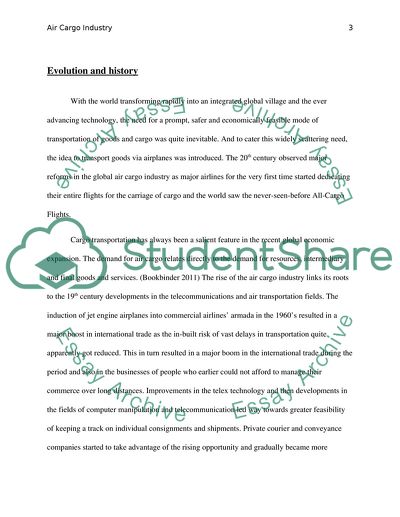Cite this document
(“Air Cargo Industry Research Paper Example | Topics and Well Written Essays - 2500 words”, n.d.)
Air Cargo Industry Research Paper Example | Topics and Well Written Essays - 2500 words. Retrieved from https://studentshare.org/technology/1788485-the-key-events-in-the-early-years-of-the-air-transport-industry-beginning-in-the-20th-century-and-the-role-that-it-played-with-the-spread-of-the-air-transport-industry-throughout-the-world
Air Cargo Industry Research Paper Example | Topics and Well Written Essays - 2500 words. Retrieved from https://studentshare.org/technology/1788485-the-key-events-in-the-early-years-of-the-air-transport-industry-beginning-in-the-20th-century-and-the-role-that-it-played-with-the-spread-of-the-air-transport-industry-throughout-the-world
(Air Cargo Industry Research Paper Example | Topics and Well Written Essays - 2500 Words)
Air Cargo Industry Research Paper Example | Topics and Well Written Essays - 2500 Words. https://studentshare.org/technology/1788485-the-key-events-in-the-early-years-of-the-air-transport-industry-beginning-in-the-20th-century-and-the-role-that-it-played-with-the-spread-of-the-air-transport-industry-throughout-the-world.
Air Cargo Industry Research Paper Example | Topics and Well Written Essays - 2500 Words. https://studentshare.org/technology/1788485-the-key-events-in-the-early-years-of-the-air-transport-industry-beginning-in-the-20th-century-and-the-role-that-it-played-with-the-spread-of-the-air-transport-industry-throughout-the-world.
“Air Cargo Industry Research Paper Example | Topics and Well Written Essays - 2500 Words”, n.d. https://studentshare.org/technology/1788485-the-key-events-in-the-early-years-of-the-air-transport-industry-beginning-in-the-20th-century-and-the-role-that-it-played-with-the-spread-of-the-air-transport-industry-throughout-the-world.


